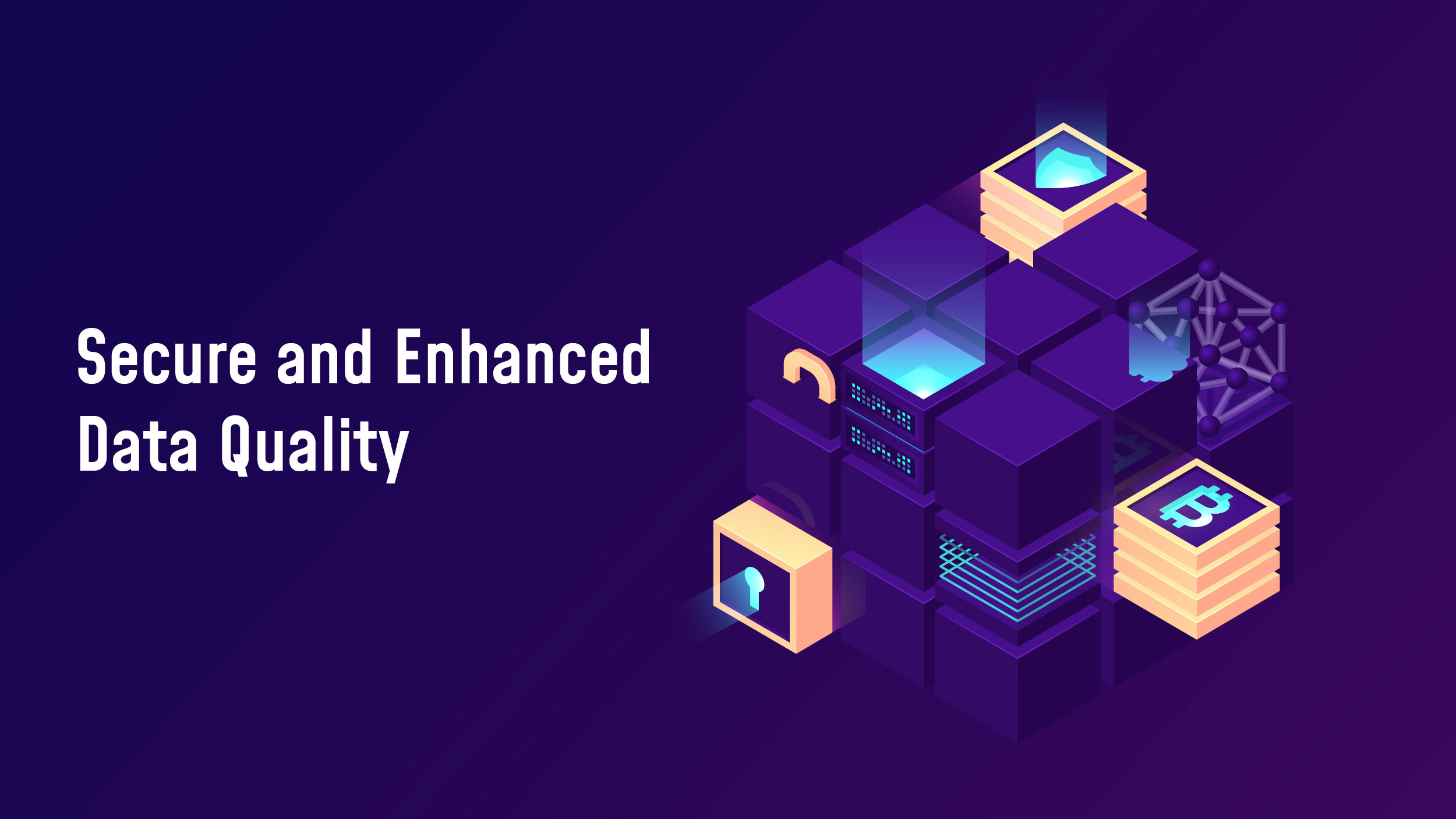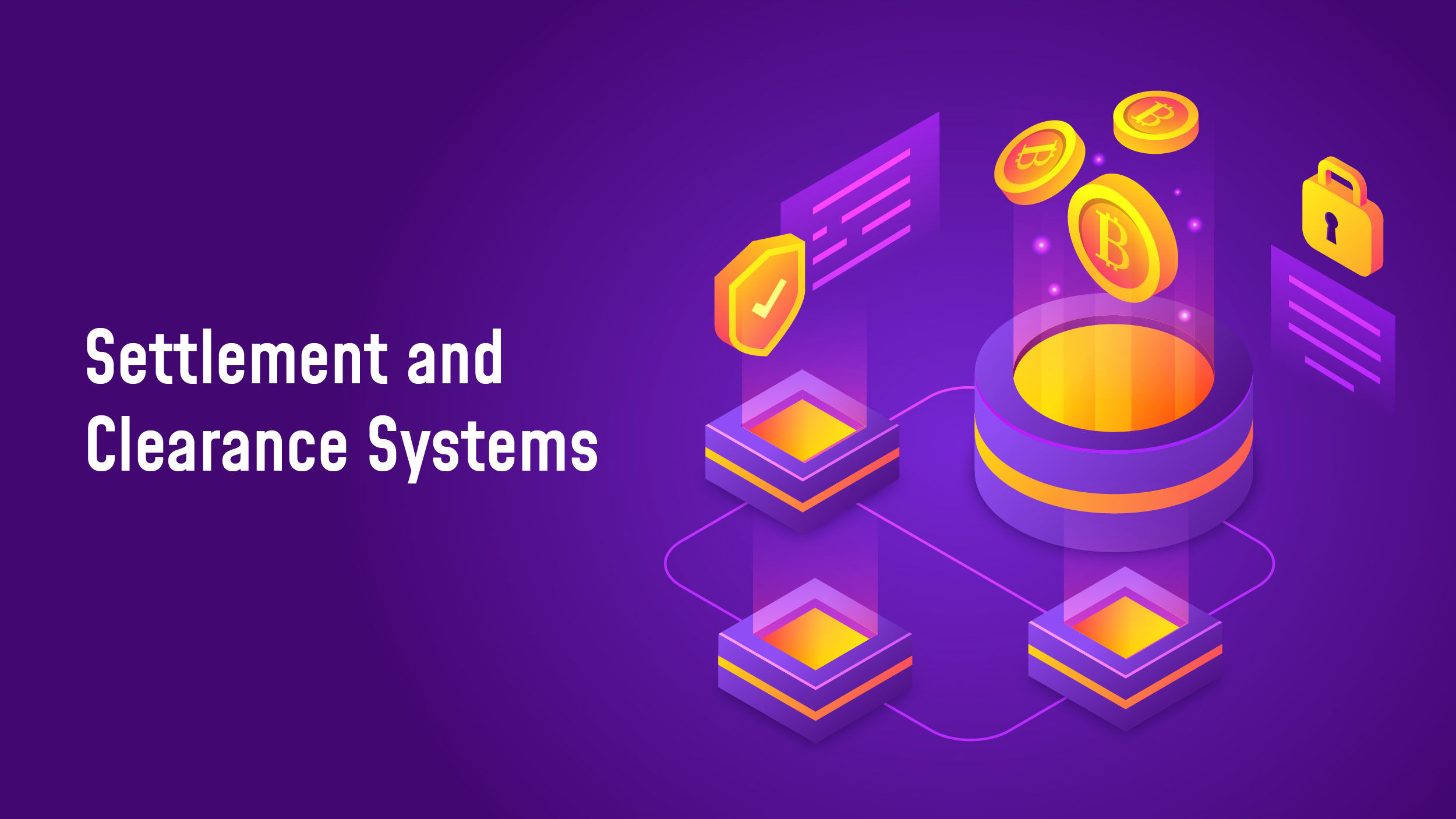Global banking institutions have started to move in the direction of business models driven by digitalization, such as mobile banking. Over the past 10 years, blockchain technology has attracted a lot of attention, moving past the acclaim of a small group of Bitcoin enthusiasts and into the mainstream discourse of financial specialists and investors.
With its smart functionalities and security against cybercrimes, blockchain technology is revolutionizing the banking sector one day at a time. Several banks have already adopted blockchain technology to attract rich investors who own valuable assets worldwide. Today there is no way that banks and other financial institutes can afford to lag behind in matching the pace of this tech-driven world. Banks and financial institutes have to be up-to-date to compete with the trends in the market.
Blockchain in Banking Sector Explained
Multiple banks have already started using blockchain technology for their benefit. Every single digital transaction ever made through blockchain is stored securely in the form of a verifiable record. The information entered on the blockchain can never be erased. Apart from banks, blockchain technology has been adopted by regulatory authorities, entrepreneurs, technologists, scholars, etc. The market of blockchain technology in banking is estimated to hit a high of US $13,946 million by 2026.
Additionally, prominent key players such as J.P Morgan, Swedish Central Bank, and HSBC utilized the power of blockchain technology for numerous applications such as improving cash transfers, developing novel apps,
Blockchain technology is reshaping the banking sector worldwide in different ways, some of which are listed below.
Speedy payments and transactions
Through blockchain technology money is transferred by easy ledger entries. This means there is no need for a centralized mediator to verify the transactions. The use of blockchain technology significantly reduces the time required to verify and resolve transactions.
Secure and enhanced data quality
Banks and other financial institutions need to handle a massive amount of data. In the traditional banking structure, the banks do not store data in a single place. This means that the data is accessible to anyone and it can be changed or become outdated. But with blockchain technology, any type of data can be preserved. The shared ledger system allows anybody to work on a particular type of data copy making way for quick and secure transactions with enhanced data quality.

Ditches complicated paperwork
The conventional method of banking involves plenty of paperwork and maintaining them. Smart Contacts is changing the way banks handle and maintain paperwork. Smart Contacts is a concept of a blockchain that helps make contracts that can make necessary decisions such as deciding or terminating contracts and also updating values of stipulations. This technology helps get rid of unwanted paperwork and also makes all transactions hassle-free.
Fraud detection and enhanced security
Data leaks, bank account hacking, and other financial crimes are matters of concern for all banks and financial institutions. Blockchain technology in banking uses cryptography standards to tackle these cybercrimes. Cryptography standards are developed with functions like private keys, public keys, and hash functions. The technology is developed on a shared ledger system which cuts out the dependency on a single body. This in turn helps banks to avoid cyberattacks and ensure secure transactions.
The growing use of blockchain is majorly transforming and reshaping the banking sector. Blockchain in banking is disrupting conventional systems and proving the existing systems to be outdated. In the future, blockchain-based solutions are estimated to reduce annual fraud losses by billions of dollars.
Banks will need to keep track of who owns what in order to acquire or sell debt, stocks, or commodities. They communicate with numerous exchanges, brokers, clearing houses, custodian banks, etc. to obtain this information. The process is long and vulnerable to fraud because of the involvement of these parties as well as the existence of an antiquated paper ownership system.
By creating a decentralized database of unique and digital assets, blockchain technology in banking transforms the industry. Transferring assets using tokens that stand in for the assets “off-chain” is made simpler by a distributed ledger. The advantages of blockchain in banking revolve around the production of tokenized securities, which have the ability to completely eliminate middlemen and reduce asset exchange costs.
Settlement and clearance systems
A typical bank transfer can take up to three days to complete. Not only are the customers affected, but the banks also have logistical challenges. Today, a straightforward bank transfer can skip a convoluted series of middlemen from the bank to the custodial service and directly go to the intended recipient. This is where blockchain technology in banking comes into play.
 Blockchain functions as a decentralized ledger that records transactions openly and transparently. It implies that the transactions can be settled on the open blockchain rather than depending on custodial services. This is one of the main ways that blockchain applications in banking speed up and simplify transactions.
Blockchain functions as a decentralized ledger that records transactions openly and transparently. It implies that the transactions can be settled on the open blockchain rather than depending on custodial services. This is one of the main ways that blockchain applications in banking speed up and simplify transactions.
Loans and credits
Banks frequently base their loan underwriting decisions on a credit reporting system. One of the most investment-friendly fintech industries, peer-to-peer lending, is made possible by blockchain in consumer banking.
Additionally, when a customer applies for a loan, the banks assess the risk that they will be exposed to in the event of non-payment. They consider the debt-to-income ratio, ownership status, and credit score while making this choice. Credit reports, a centralized system that may be antagonistic to clients, are how they obtain the information.
An alternative lending system that uses blockchain in banking offers customers a fast, affordable, and secure way to receive personal loans. Consumers can apply for loans more easily with a decentralized record of payment history.
Conclusion
The financial sector, particularly the banking industry, has the potential to undergo a transformation thanks to blockchains and distributed ledger technologies. In addition to offering much-needed security in the mostly unregulated cryptocurrency sector, it can offer innovative solutions for clearance and credit information systems, as well as quicker and more effective payment methods.
Adoption is still hampered by a few worries and issues, such as the requirement for regulations and standards. The application of blockchains and distributed ledger technology in the banking business has a lot of potential, but further study, development, and cooperation with the sector and regulators are needed to fully realize its advantages.
The need for a secured database of client information that can be shared through various banking institutions is rising. It helps in reducing time, cost, and effort in trading and provides more security and transparency. It won’t be wrong to say that blockchain technology in banking has now become the driving force to overcome the challenges of efficiently transforming into a cashless society.

































